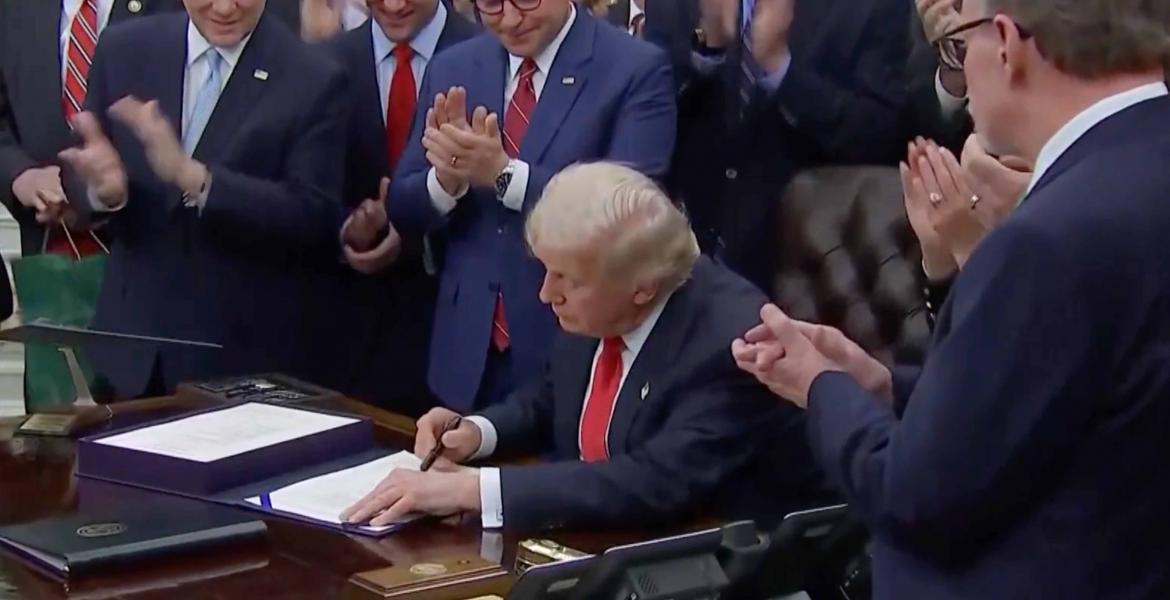STUTTGART, GE - Mercedes-Benz is developing a solar paint capable of generating enough energy to extend electric vehicle (EV) range by up to 7,456 miles annually, the company announced. This innovation could enhance the efficiency of EVs and reduce dependency on charging stations.
The paint features a photovoltaic (PV) coating made from wafer-thin solar modules that can be applied to the entire exterior of a vehicle. At just 5 micrometers thick, thinner than a human hair, the paint is designed to cover up to 11 square meters of surface area. Under ideal conditions, Mercedes claims this could generate sufficient energy to power an EV for extensive distances.
The solar paint can adhere to any surface and is composed of nanoparticle-based materials that allow 94% of solar energy to pass through. With a weight of just 50 grams per square meter, the paint can cover vehicles of various shapes and angles. According to the company, the solar cells boast an efficiency of 20%, with the generated energy either driving the vehicle directly or feeding into its high-voltage battery.
Additionally, the photovoltaic system is active even when the vehicle is stationary, producing energy that can be stored or transferred to a home network through bidirectional charging. In cities like Los Angeles, the energy surplus could cover up to 100% of average driving needs.
Mercedes-Benz stated that the paint relies on non-toxic, easily recyclable raw materials, avoiding rare earth elements and silicon. This approach makes the technology not only environmentally friendly but also cost-effective compared to traditional solar modules.
While still under development, Mercedes-Benz aims to make solar paint a standard feature for its EV lineup.
Subscribe to the LIVE! Daily
Required






Post a comment to this article here: